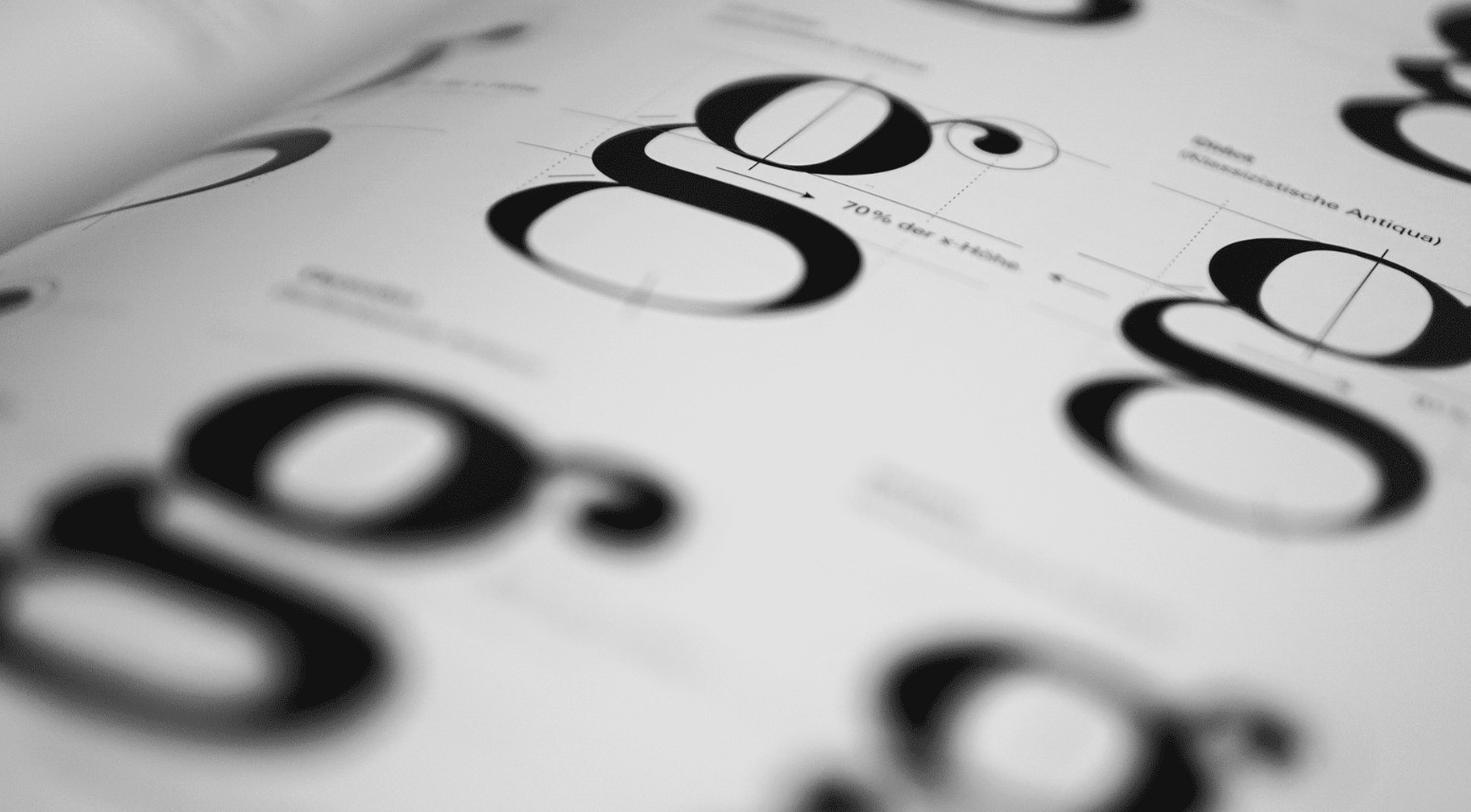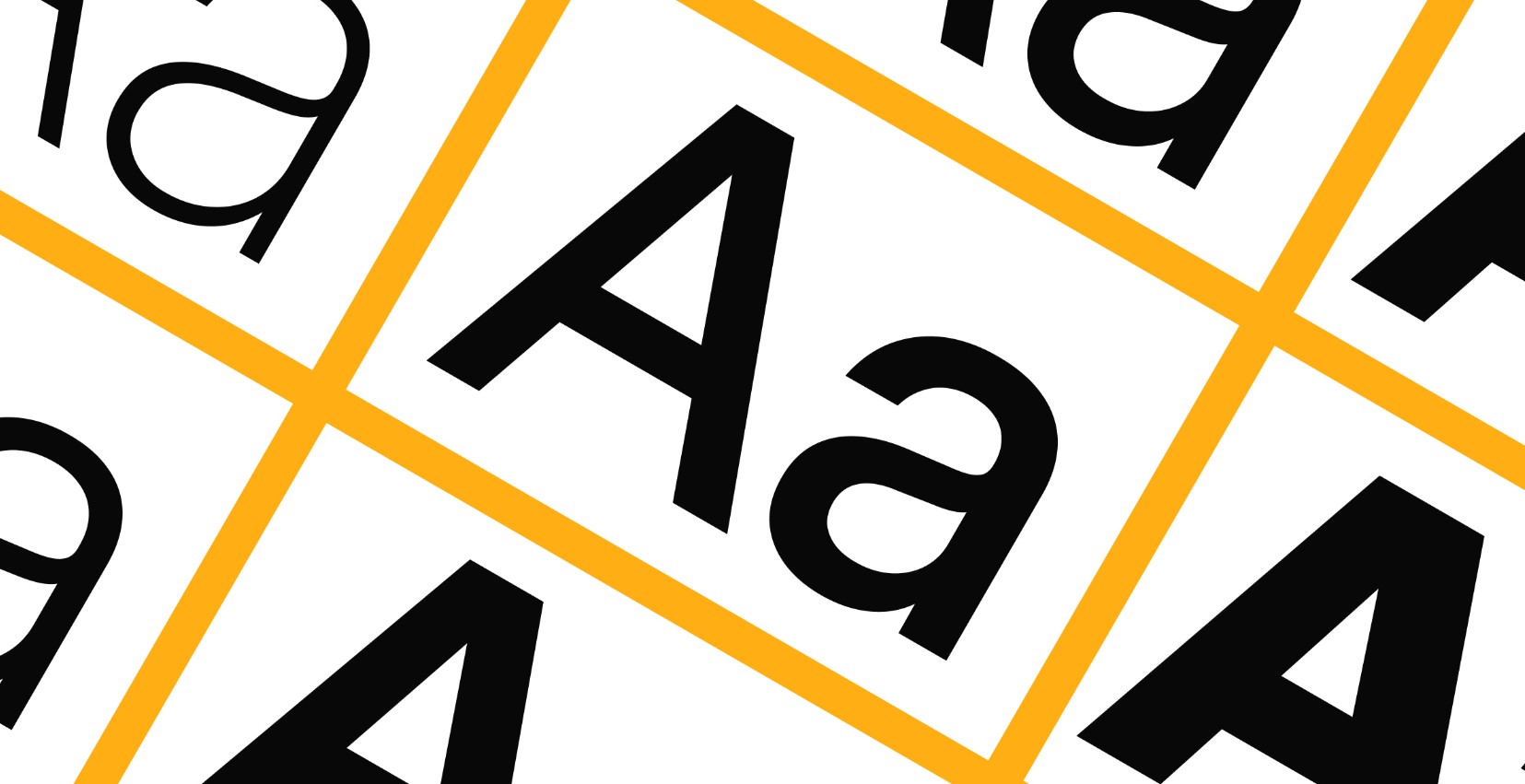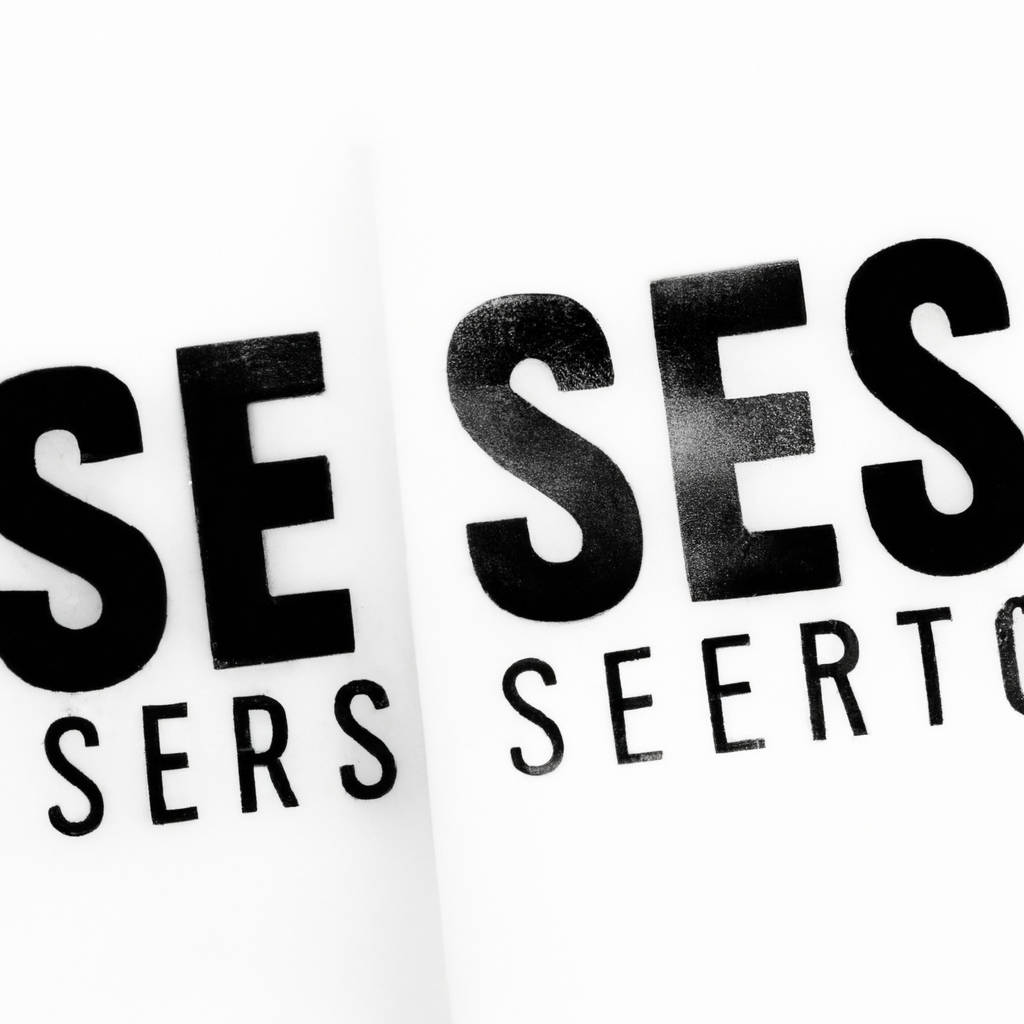Choosing the correct font can significantly impact the overall aesthetic of your business and how others perceive your brand. When aiming for a professional look, there are several fonts that tend to stand out due to their clean, sleek appearance and readability. The first is Helvetica, a sans-serif typeface that is frequently used in corporate identities due to its modern and neutral design. It is easy to read in both print and digital, making it a versatile choice for various business materials. Times New Roman is another popular option, especially for more traditional or established businesses.
This serif font is often associated with reliability and trustworthiness. For businesses seeking a more unique yet professional look, consider fonts like Avenir or Proxima Nova. Both of these typefaces have a sophisticated, contemporary feel that can add a touch of elegance to your brand. Finally, for businesses that want a font that is both professional and slightly more creative, Open Sans is a great option. This font is highly legible and comes in a variety of weights, making it a flexible choice for a wide range of business materials. Regardless of which font you choose, it’s important to remember that consistency is key. Using the same font across all your business materials can help create a cohesive, professional image for your brand.

Importance of Choosing the Right Business Font
Choosing the correct business font is of paramount importance as it significantly influences the perception of your brand. It can either enhance or detract from your business’s professional image. The typeface you pick communicates subtly yet powerfully about your brand’s values and personality, whether it’s modern or traditional, serious or playful, rebellious or trustworthy. Hence, it is critical to align your font selection with your brand’s identity and the message you want to convey to your customers.
Furthermore, the legibility of your chosen font plays a crucial role in how effectively your message is communicated. A font that is difficult to read could lead to misunderstandings and miscommunications, ultimately losing the attention and interest of your audience. Thus, clear and legible fonts are pivotal in enhancing communication and comprehension.
Additionally, the right business font can also contribute to the consistency of your brand. Consistent use of a specific font across all platforms and communications can aid in brand recognition and recall. It helps establish a cohesive look and feel, enhancing the overall experience of the customer with your brand.
Lastly, the appropriate font can help your business stand out in a crowded marketplace. A unique and well-selected font can set your brand apart from competitors and make it more memorable to customers.
In conclusion, the importance of choosing the right business font cannot be overstated. It is an integral part of your business’s visual identity and can substantially impact your brand’s perception, communication effectiveness, consistency, and distinctiveness. Therefore, it is crucial to invest time and thought into selecting a font that accurately represents your brand and resonates with your target audience.
Selecting the Best Font for Business Use
When choosing a font for business use, several considerations come into play. The font you select can significantly influence your brand’s perception and how effectively your message is delivered. The primary principle is legibility. The chosen font should be easy to read both in print and on digital platforms.
Sans-serif fonts such as Arial and Verdana are known for their readability on digital screens, while serif fonts such as Times New Roman and Georgia are often favored for printed materials. The font size also matters; it should not be too small or excessively large. The aesthetic quality of the font is another factor. It should align with your brand identity, whether that is contemporary, traditional, or somewhere in between.
The color of the font is also crucial, as it should contrast well with the background for easy reading, yet still align with the overall color scheme of your brand. Compatibility is another important aspect to consider. The chosen font should be widely available across different platforms and devices to ensure consistency. Lastly, the potential cost should be taken into account. Some fonts require a licensing fee, while others are free for commercial use. A business should weigh these factors carefully to ensure that the chosen font complements their brand, message, audience, and budget successfully.

Typeface vs. Font: Understanding the Difference
Typeface and font, two terms commonly used in the field of typography, are often mistakenly used interchangeably. However, there’s a distinct difference between the two. A typeface, also known as a font family, is a set of one or more fonts that share common design features. For instance, Times New Roman, Arial, or Helvetica are all examples of typefaces. Each typeface includes an array of characters, including letters, numbers, punctuation marks, and symbols, and is designed with a specific style, weight, and width.
On the other hand, a font refers to a particular member of a typeface. It is a specific variation of a typeface, which includes size, weight (like bold or light), and style (like italic or regular). For example, Arial Bold Italic in 12 points is a font, and it is part of the Arial typeface.
Understanding this distinction is crucial, especially in graphic design, publishing, and advertising industries, where the precise use of fonts and typefaces can significantly influence the readability, aesthetics, and overall impact of the content. Whether you are designing a logo, creating a publication, or simply writing an email, the choice of typeface and font can greatly affect the tone and perception of your message. Therefore, gaining a clear understanding of the difference between typeface and font can enhance your communication skills and improve your design aesthetics.
Serif vs. Sans Serif: Which to Choose?
When it comes to typography, the choice between serif and sans serif fonts can significantly impact the aesthetics and readability of a document. Serif fonts, characterized by small lines or strokes at the end of larger strokes, have a traditional, classic feel. They are often used in print, especially in large blocks of text, due to their ability to guide the reader’s eye along lines of text. On the other hand, sans serif fonts, without these extra strokes, offer a clean, minimalist look that is highly adaptable. They are typically used in digital contexts and for shorter text, such as headers or captions, due to their excellent on-screen readability. The choice between serif and sans serif should be guided by the context, purpose, and audience of the document. For a formal, authoritative document, serif fonts may be more suitable. In contrast, for a modern, digital document aiming for a streamlined, contemporary feel, sans serif fonts might be the better choice. Research and experimentation can help in making the right selection. It’s also important to ensure that the chosen font is legible and accessible to all readers, taking into account factors such as font size, line spacing, and color contrast. Ultimately, the choice between serif and sans serif is not a binary one; creative combinations of both can result in visually appealing and highly readable documents.

Choosing the Right Business Font: Key Considerations
Choosing the right business font is a critical task, as it heavily influences the perception of your brand. It is essential that your font aligns with your company’s personality and message. For instance, a tech startup might opt for a sleek, modern font, whereas a law firm might choose a more traditional, serif typeface. However, legibility is paramount, regardless of the industry. A font that is difficult to read can frustrate potential customers and potentially drive them away.
Additionally, consider versatility; the font you choose should look equally impressive on your website, business cards, and marketing materials. It should also work well in various sizes, from the large headline on your homepage to the small print in your footer.
Another factor to consider is uniqueness. While it may be tempting to opt for commonly used fonts, a unique font can help your brand stand out and leave a lasting impression. However, strive for a balance between uniqueness and professionalism. A font too distinctive or unconventional may not convey the right message and can potentially harm your credibility.
Lastly, consider compatibility across different platforms and devices. A font may look fabulous on a desktop but distorted on a mobile device – a critical issue since the majority of web browsing now happens on mobile devices.
In conclusion, selecting the right business font involves considering various factors, including brand alignment, legibility, versatility, uniqueness, and compatibility. It’s a decision that should be made thoughtfully, as it can significantly impact your business’s image and success.
13 Effective Fonts for Professional Use
Fonts are a crucial aspect of any professional document or graphic design. They can significantly influence the perception of the reader or viewer, impacting the overall effectiveness of the communication. Among the vast array of font styles available, there are 13 fonts, which have proven to be particularly effective in professional environments due to their clarity, readability, versatility, and elegance.
Arial, Helvetica, and Verdana are commonly used due to their easy legibility, particularly in digital formats. These sans-serif fonts are favored for their clean lines and simplicity, making them ideal for business communications and web content. Times New Roman and Georgia are serif fonts that exude a classic, scholarly vibe, often used in academic or formal written documents.
The modern look of Calibri and Trebuchet MS makes them suitable for contemporary businesses aiming for a fresh, updated appearance. For a more sophisticated feel, fonts such as Garamond and Baskerville offer an elegant touch, commonly used in print materials like magazines and books.
Gill Sans and Futura are attractive choices for designs that require a bit more personality without sacrificing professionalism. They offer a slightly more stylized approach while maintaining a clean, straightforward presentation. Meanwhile, Franklin Gothic Medium and Century Gothic provide a strong, bold aesthetic suitable for headlines and titles.
Finally, Palatino Linotype stands out for its distinctive, stylish flair, making it an excellent choice for professional documents that want to leave a lasting impression.
Each of these 13 fonts offers its unique set of benefits. The choice depends on the specific purpose, audience, and platform of the communication. The right font can significantly enhance the effectiveness of your professional documents, contributing to the overall success of your business or project.
